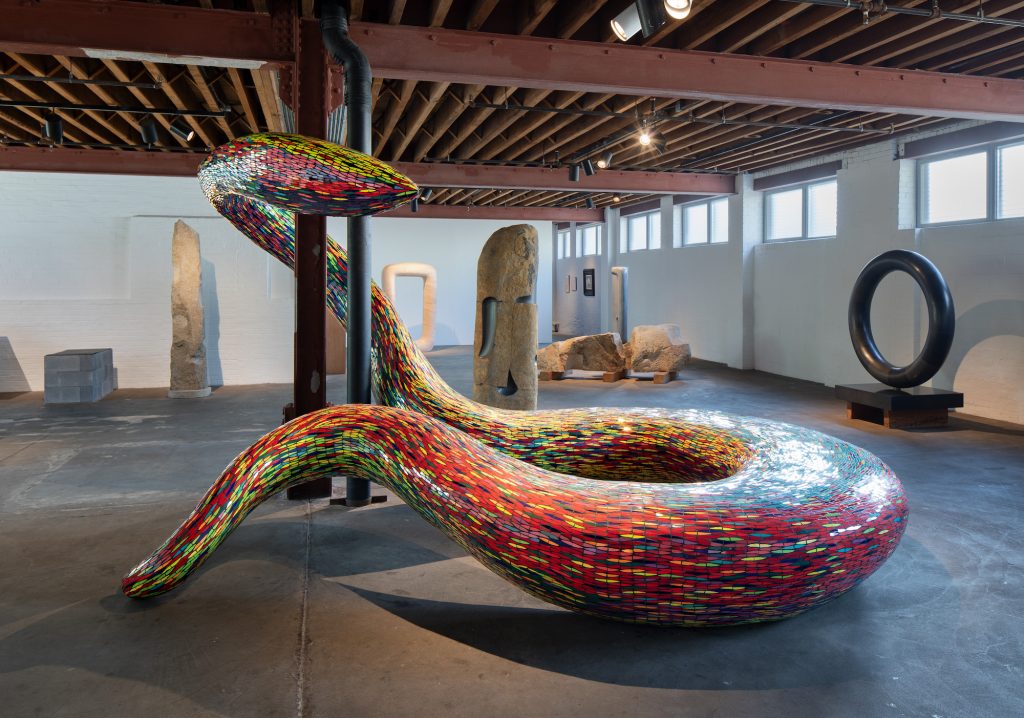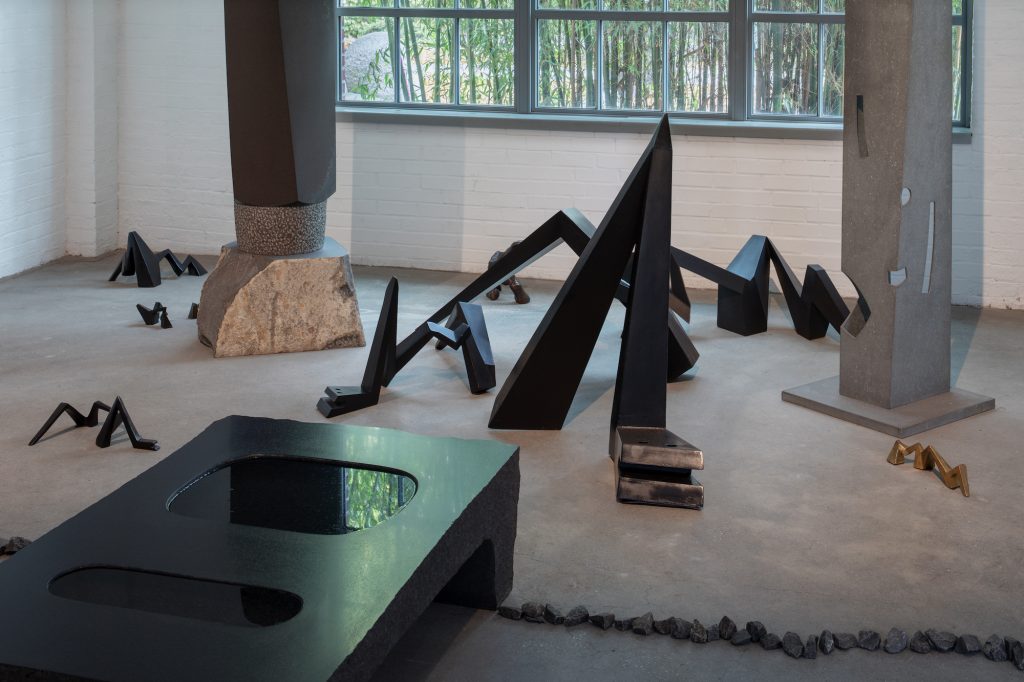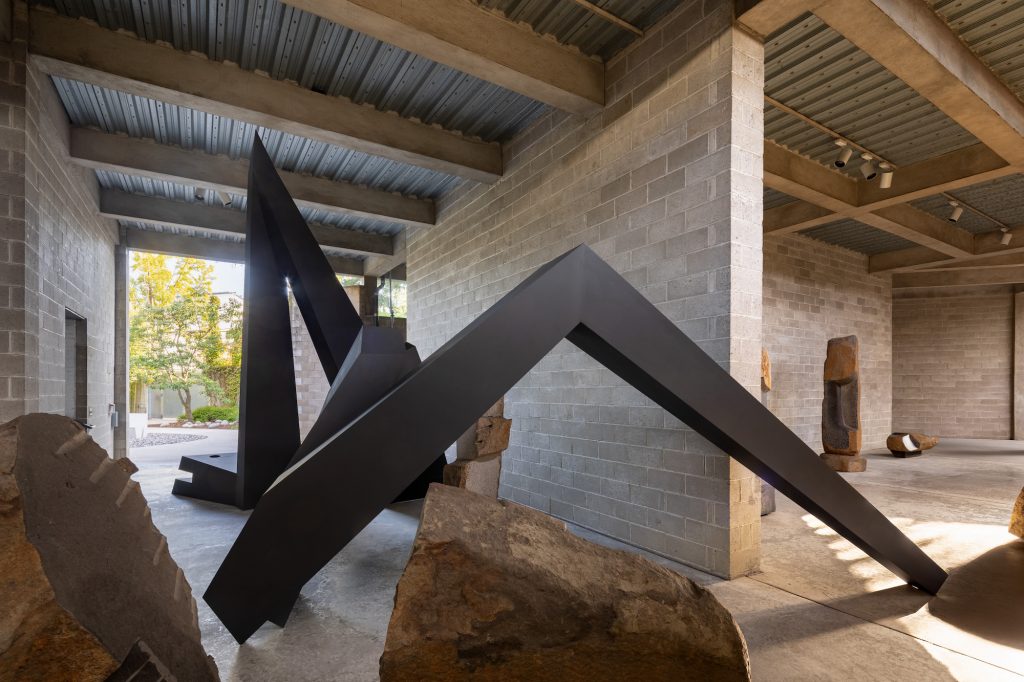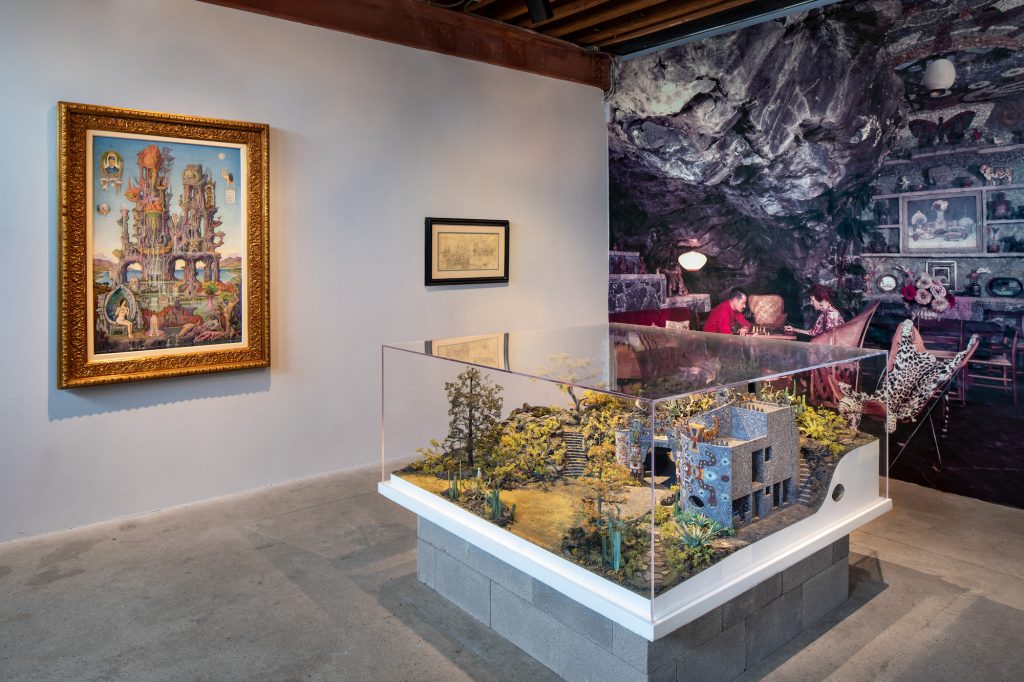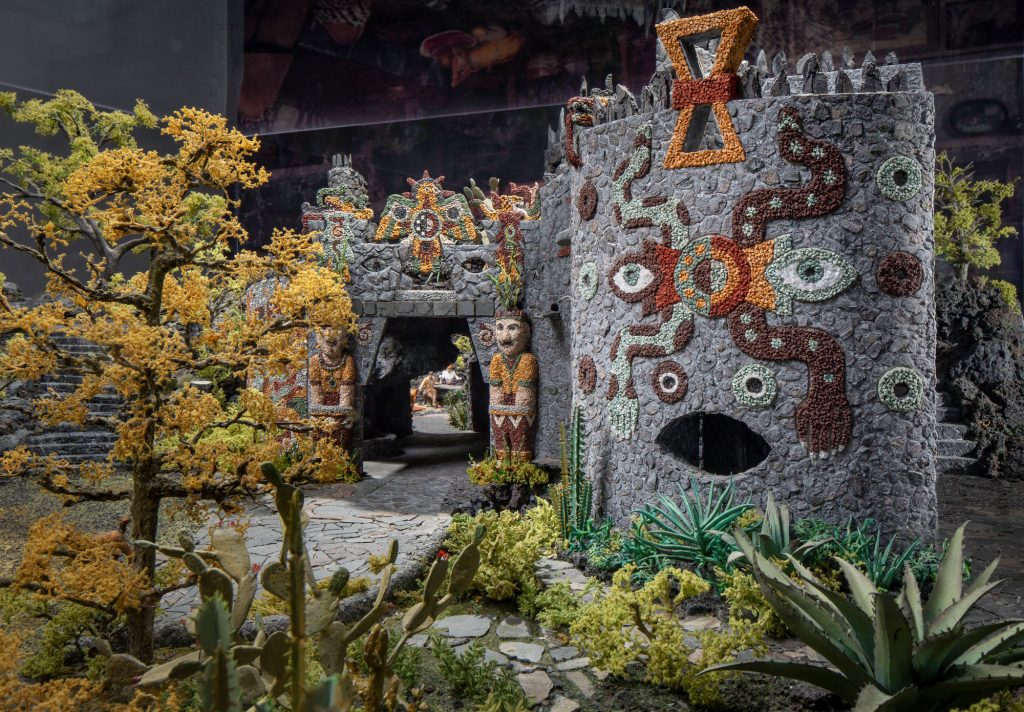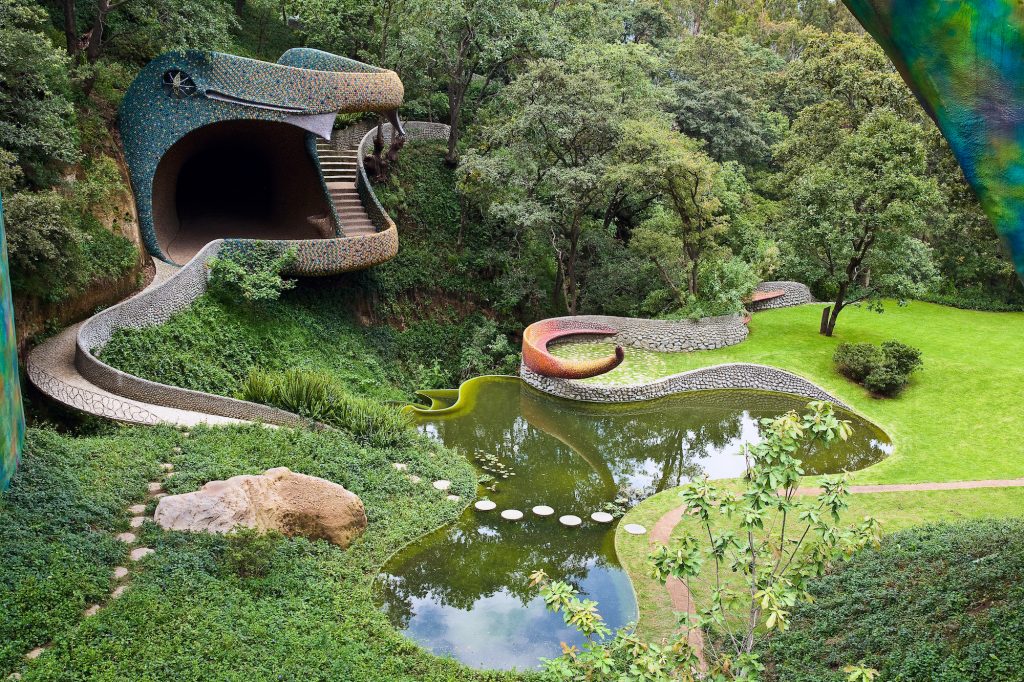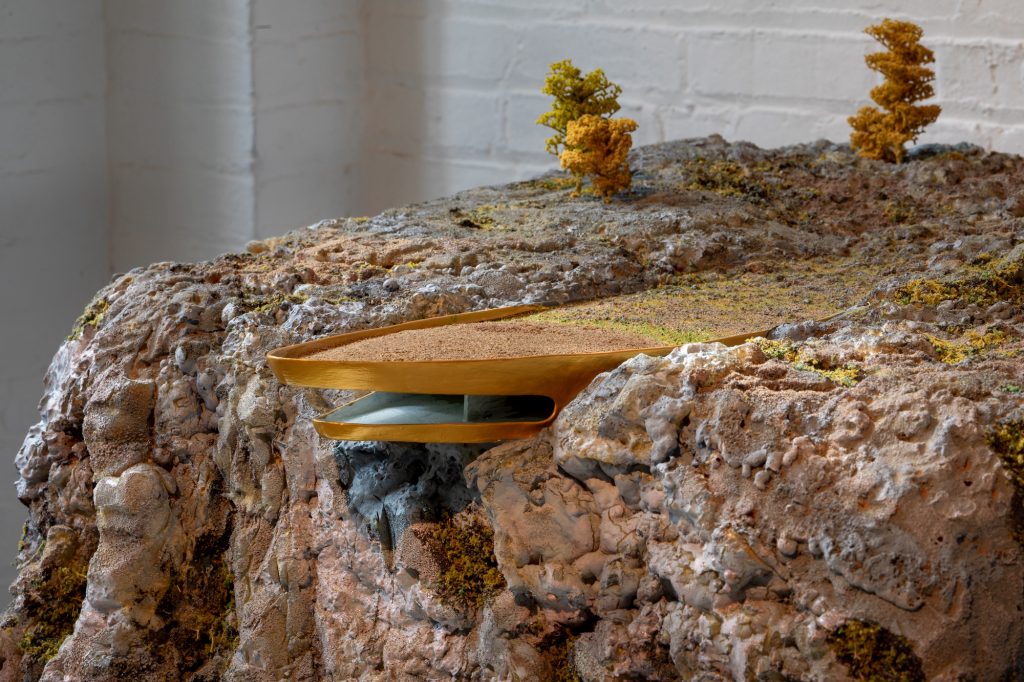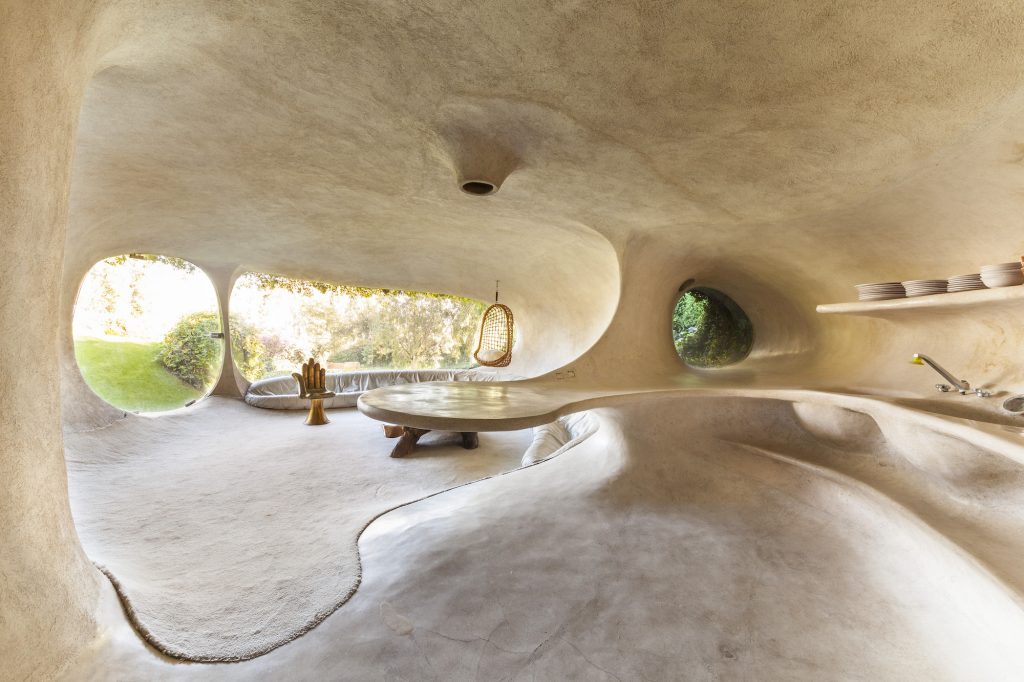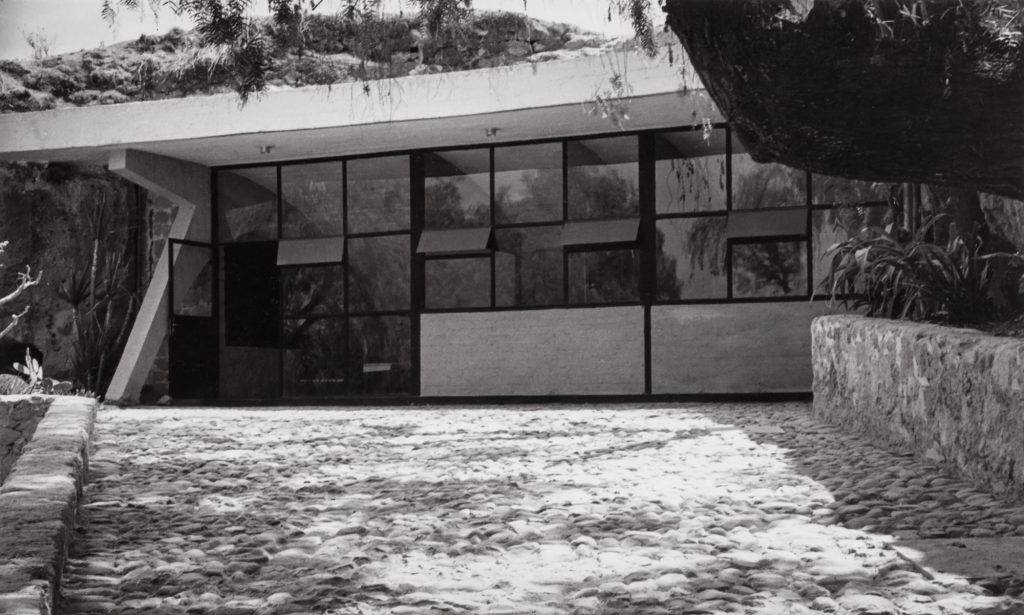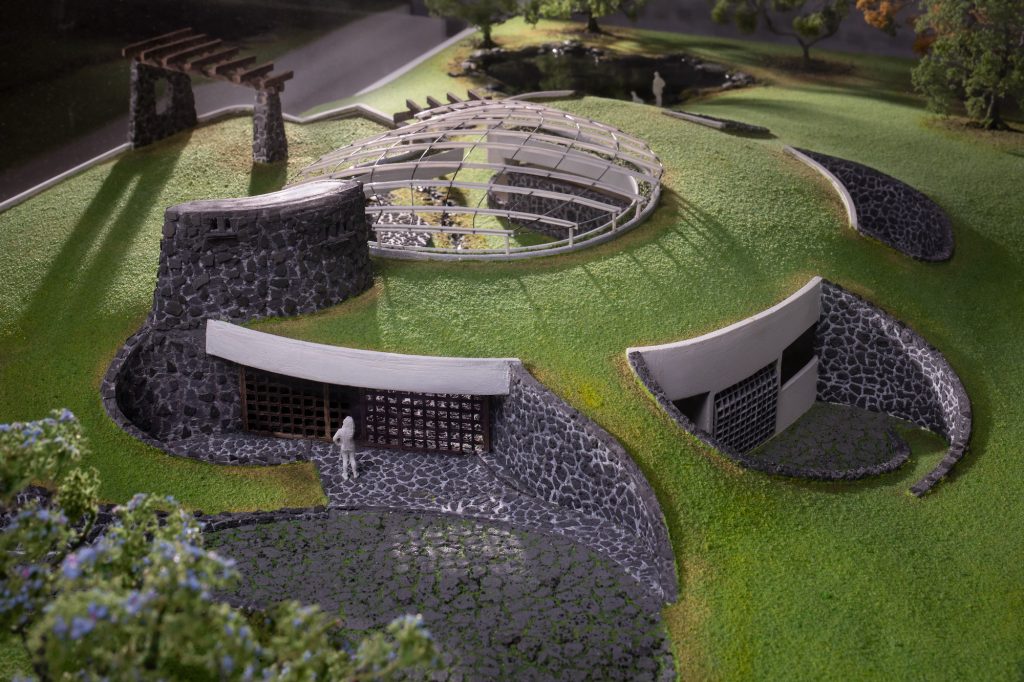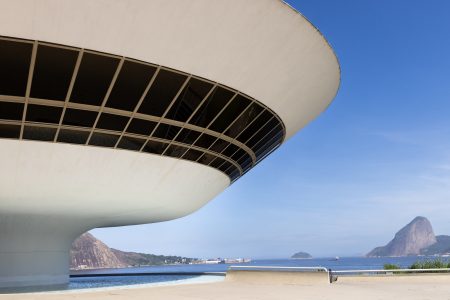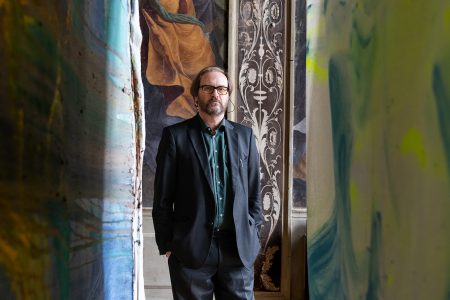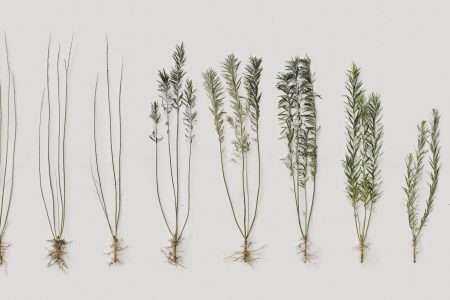In Praise of Caves
In Praise of Caves: Organic Architecture Projects from Mexico by Carlos Lazo, Mathias Goeritz, Juan O’Gorman, and Javier Senosiain, is a fascinating exhibition that looks at four revolutionary artists, architects and thinkers who explored the idea of living more connected to the earth in ways that are as relevant today as they ever were.
The exhibition, In Praise of Caves: Organic Architecture Projects from Mexico by Carlos Lazo, Mathias Goeritz, Juan O’Gorman, and Javier Senosiain, is currently on view at The Isamu Noguchi Foundation and Garden Museum in New York. Inspired by a chapter in the 1977 book, “The Prodigious Builders: Notes Toward a Natural History of Architecture”, written by cultural critic, (and close friend of Noguchi’s), Bernard Rudofsky, In Praise of Caves looks at four creative visionaries who explored and experimented with the idea of organic architecture and cave dwelling as a way to live safely and comfortably in an increasingly chaotic world. In his book, Rudofsky puts forward the case for cave dwelling as sensible and realistic solution to the current fears around environmental degradation and atomic disaster, and in this sense, his ideas, along with the four artists/architects in this exhibition, could not be more prescient. Rudofsky writes, “Despite the increasing unhealthiness of our surface life—the dangers compounded of mephitic air and polluted water, not to mention the ever-present dread of atomization—real estate agents so far have overlooked some startling opportunities. They go on peddling the flimsy wooden crate, the plaything of floods and tornadoes, that promises no refuge from an angry Nature. Compared to the rock-bound cave, today’s house is as precarious as a canary’s perch.” (In Praise of Caves, From The Prodigious Builders: Notes Toward a Natural History of Architecture, 1977). Could Rudofsky’s words sound any more contemporary? As Dakin Hart, senior curator at the Isamu Noguchi Foundation and Garden Museum in New York, explains, Rudofsky believed that “we will eventually have to move underground once we have irreparably despoiled the surface of the Earth – so we might as well make peace with the eminently practical idea of inhabiting caves sooner rather than later.” The work of these artists-architects connect with Isamu Noguchi’s work both through their shared interest in organic forms and deep connection with the earth.
The exhibition brings together a selection of scale models of architectural projects and site-specific installations, sculptures, images and archives that show the scope of this movement that was an important part of Mexican architecture since the mid-20th century. During his short yet impactful career, Carlos Lazo, (1914-1955), promoted the idea of cave dwelling, particularly in connection with the real fears of atomic disaster that people were dealing with at that time, as well as a way to create harmony between man and modern life. His most ambitious project was La Casa-Cueva de la Era Atómica (Atomic Age Cave House), 1945–48, a hyper-modern cave home that has been described as a synthesis of the Flintstones and the Jetsons. For the exhibition, the house is seen through archival photographs and a new scale model made by architect Javier Senosiain (b.1948), whose current architectural practice is deeply rooted in bio-architectural concepts. Sensosiain, principal in the firm Arquitectura Orgánica, was a student of Mathias Goeritz at the Universidad Nacional Autonoma de Mexico and is considered a leader of the second generation of Mexican organic architects. On view in the museum is a large mosaic serpent that swirls around Noguchi’s sculptures as if protecting them. The exhibition also features scale models of his Casa Organica, an experimental home he built in 1985 for his family, and El Nido de Quetzalcóatl, a vast residential park in Mexico City.
Mathias Goeritz (1915-1990) was a very influential sculptor, painter, architect and teacher who was very inspired by prehistoric cultures and had a back to the basics approach to his practice. On view are a selection of his various sculptures as well as a copy of El Serpiente de El Eco (The Serpent for El Eco, 1953), a nearly 30-foot long, 16-foot tall snake that he originally designed for his museum El Eco in Mexico City. In Goeritz’s work the snake represents a path through the Earth and an avatar to be followed into a more ecologically sound future. Here the work is placed among Noguchi’s rock garden.
Juan O’Gorman (1905-1982) was a painter and architect perhaps best known for left-leaning political murals and his trippy, apocalyptic paintings that deal with humanity’s troubled relationship with the Earth. Like Goeritz, he was an influential figure during Mexico’s thriving cultural movement in the 30s and 40s along with Diego Rivera and Frida Kahlo. In the exhibition we see a large-scale print of a photograph taken of O’Gorman and his wife, Helen playing chess in Casa O’Gorman, an underground house he built for his family in 1948 on the lava bed of a dormant volcano in the Pedregal neighbourhood of Mexico City. While the home has sadly been destroyed, Senosiain and Arquitectura Orgánica, have created a new scale model of the home, which is on display.
As Dakin Hart writes, “These makers of modern Mexico view caves as a traditional technology worthy of modern development. Here are ideas about the adaptation of natural structures to modern living, the practical and environmental benefits of moving underground, and about how we might reconnect with the essential happiness that living in concert with nature provides.”
In Praise of Caves: Organic Architecture Projects from Mexico by Carlos Lazo, Mathias Goeritz, Juan O’Gorman, and Javier Senosiain is on view through February 26, 2023.
@noguchimuseum
www.arquitecturaorganica.com
@javiersenosiaina
All exhibition installation images are: In Praise of Caves: Organic Architecture Projects from Mexico by, The Noguchi Museum, Photo: Nicholas Knight. © The Isamu Noguchi Foundation and Garden Museum, NY / (ARS)
